Deciphering lettering styles, one historical font family at a time

Lettering sorts have been spherical for a whole lot of years. For as long as the Latin alphabet has existed, individuals have toyed with their expression of it. To familiarize your self with primarily essentially the most very important lettering sorts in current use, I’m attempting into how they originated and what makes every aesthetically distinctive, feature-by-feature.
Lettering sorts
The three primary courses of kind design are:
All three are distinct from each other and provide the design basis to our ever-expanding universe of fonts. In several phrases, any font you need—or don’t like—is perhaps each classed as each a serif, sans serif or a script font.
Sooner than making a call about which font you’ll want to work with, it’s crucial to know what defines these font courses and what items them apart. This informs your decision-making when using them for branded designs.
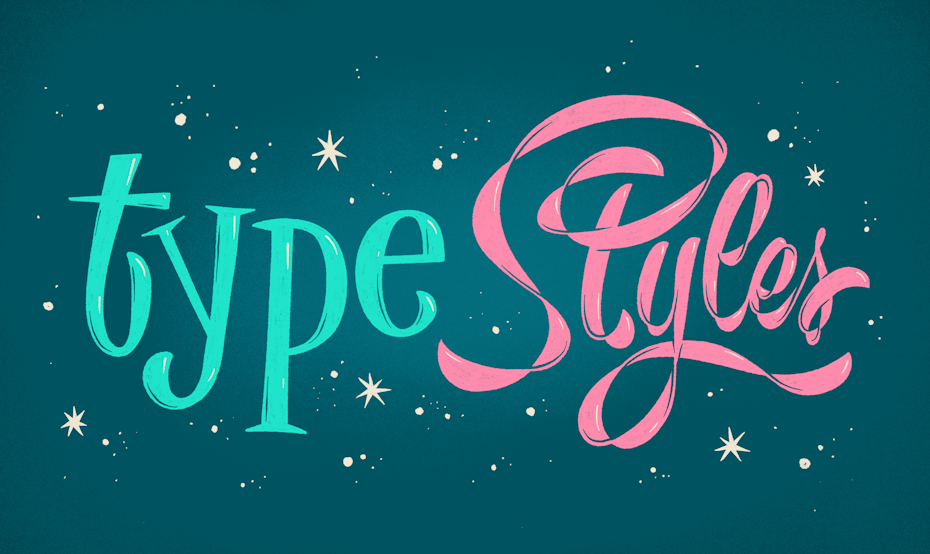
Serif fonts
—
The first of the first lettering courses is Serif. Taken really, the time interval serif refers again to the slight line or flick related to the highest of a letter stroke.
Once more in one amongst their earliest conceptions from the eighth century onwards, the Romans used serifs to maintain up alignment when carving letters into stone. As time has handed and know-how and our skills have superior, corporations began using serif typefaces to mimic handwritten textual content material as early as a result of the fifteenth century. This technique connects to give attention to audiences (it doesn’t matter what century) in reassuring them of a mannequin’s humanistic side.
I’ve concocted an inventory of my favorite serif lettering sorts for instance how and when serifs work biggest.
Inscriptional serifs
These letter sorts consult with the sq. capitals that historic Romans carved into stone monuments. One in every of their latin names is pretty simple nonetheless great dramatic: capitalis monumentalis.
The style is characterised by:
- straight and sharp traces
- swish nonetheless imposing curves
- angled stresses, which can be the thinnest parts of the letters when aligned on an angle—they’re known as stresses on account of when you occur to place enough pressure on them, that’s the place the letter would break.
- bracketed serifs, which implies the serifs are associated to the stem by the use of a curved line.
This lettering vogue was giant throughout the Renaissance; they’re even larger now.
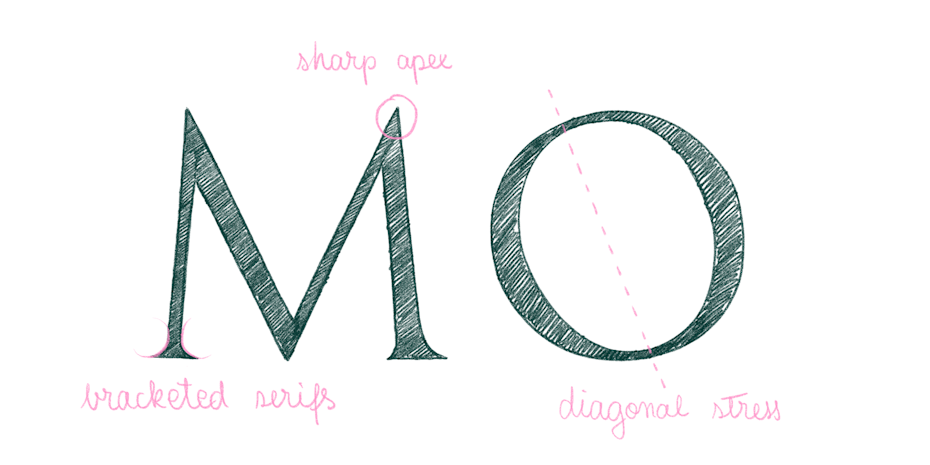
Earlier-style serifs
Earlier-style serifs date once more to the fifteenth century. The letterforms are characterised by bracketed serifs and low distinction, the latter means there’s not very rather a lot distinction throughout the weight of the stroke. Oftentimes, the letters have a diagonal stress too, as a result of the illustrated underneath.
You would possibly uncover that they actually really feel pretty identical to inscriptional serif lettering sorts. In that case, you’re bang on! As they’re every serif fonts, ciphering by the use of these means noticing the factor and interested in the affect. As a result of it’s emergence, this vogue has beloved recognition as a consequence of it’s pure type and readability.
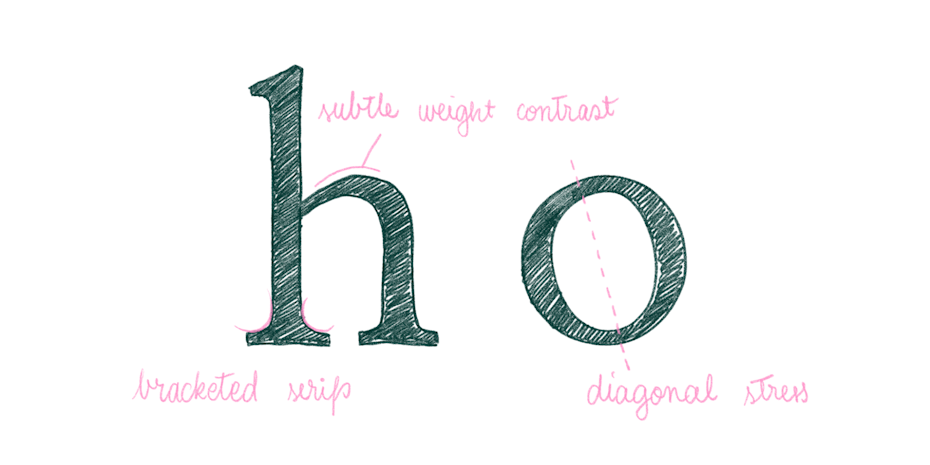
Transitional serifs
The transitional serif, as a result of the title suggests, bridges the old-style with additional trendy variations and could possibly be positioned someplace throughout the mid-18th century.
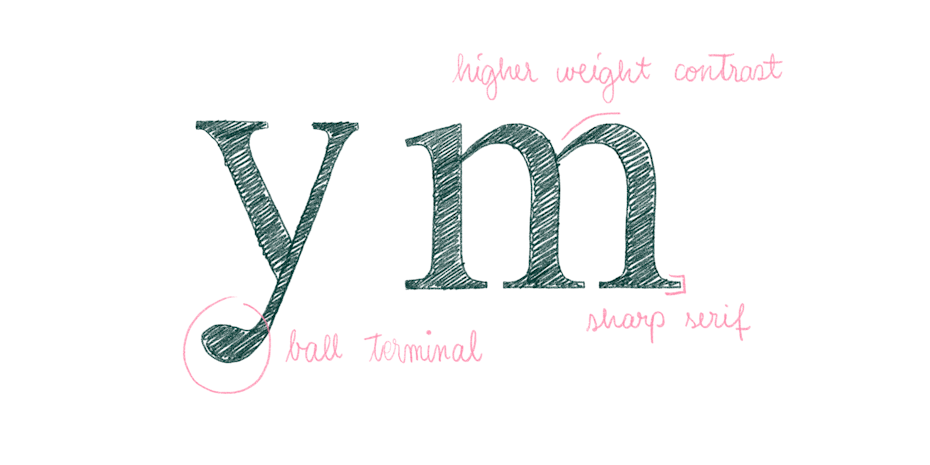
The burden distinction turns into additional evident, and the serifs start morphing into sharper ones.
Stylish / Didone serifs
Inside the late 18th century printing and papers turned additional refined, allowing finer particulars on printing. Stylish, Neoclassical or Didone typefaces wished to draw consideration to their newly found sophistication by magnifying the excellence between the thick and thin strokes.
People have been so obsessive about pumping up the burden distinction of letterforms, that they named a subcategory ‘Fat Face’, which takes the immense thick-thin distinction of Didone fonts to a complete completely completely different diploma. This type shortly turned in type in luxurious type ads and dominated printing until throughout the mid-Nineteenth century.
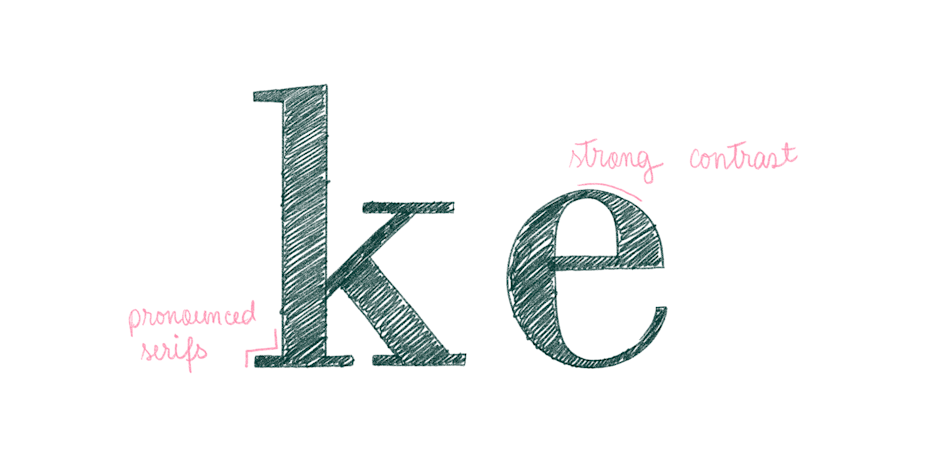
Slab serifs
As printing superior, designers beloved a lot much less constraints on points identical to the sizing and texture of what their fonts will be printed on.
Slab serifs, moreover known as mechanistics, have extraordinarily daring serifs–usually similtaneously thick as a result of the letters themselves. They proceed to indicate supreme for enlarged copy that ought to catch prospects’ eyes, equal to in headline place on posters, indicators and even billboards.
This type is considerably versatile, which implies it isn’t restricted to a single weight or vogue. Some letterforms are huge, others are condensed. Some letterforms may have no weight distinction the least bit and others may be very rather a lot rooted throughout the heightened curves of Didone.
Play with it!
There are so many completely different sorts of serifs available on the market! From glyphic to tuscan to wedged serifs, designers proceed to experiment and innovate lettering sorts and shapes.
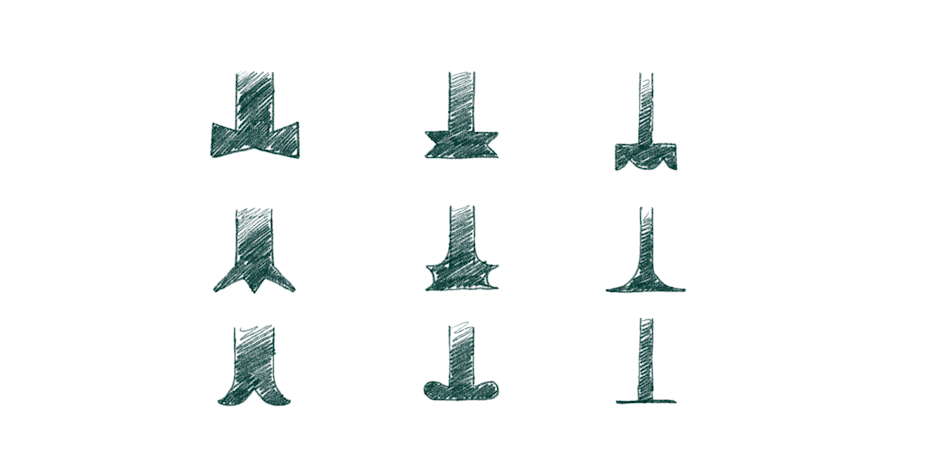
Sans Serif
—
The second important lettering class is the Sans Serif family. The time interval ‘sans serif’, really which implies ‘with out serif’, refers to a letterform with none growing attribute on the bottom of the stroke (i.e. a serif).
The first sans serif latin letters could possibly be traced once more to someplace spherical 1809. Later, in 1816, William Caslon IV created a typeface known as “Two Strains English Egyptian”. The “Egyptian” time interval was extensively used throughout the early Nineteenth century in Europe to clarify this vogue of lettering. The utilization of this time interval is tied to the blocky nature of Egyptian paintings and construction, along with to the interval’s Egyptomania (a deep fascination with each factor Egyptian). Since then, the time interval turned associated to slab serifs due to the blocky aspect.
Initially, sans serif faces have been on no account characterised by having one factor distinctive to them, nonetheless solely by the reality that they’ve been missing the serif. They weren’t stylized, they’ve been purely used for selling features: they’d the power of being great daring, loud and intensely condensed.
Let’s take a look at a few of the first sans serif courses.
Grotesque sans serifs
The time interval grotesque refers to a number of the typefaces that emerged throughout the Nineteenth century from the need of shortly creating giant selling objects with loads of textual content material on them. Inside the very beginning grotesque typefaces didn’t even have lowercase letters, nonetheless they did have a wide range of widths from great condensed to great huge.
Grotesque letterforms are characterised by having low distinction and most importantly, straight terminals, such as a result of the Akzidenz Grotesque, which is pictured underneath. So, missing any freshness and that extra aesthetic when compared with the serif letterforms, of us started calling them “grotesque”, a time interval that refers to 1 factor as being monstrous or malformed.
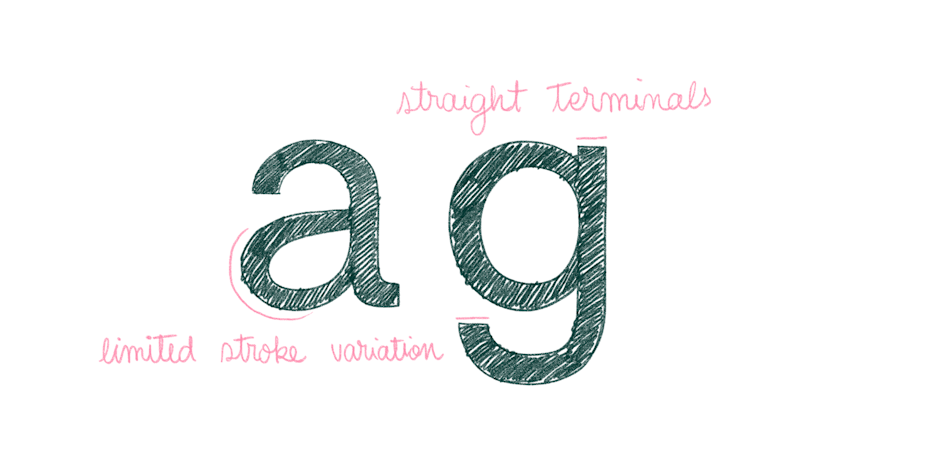
Neo-grotesque sans serifs
Neo-grotesque letterforms appeared throughout the Nineteen Fifties, on the equivalent time with the rise of the Worldwide Typographic Trend.
Typographers of the time tapped into the neo-grotesque with the intention of together with some neutrality to the letterforms. Though variations between grotesque and neo-grotesque are oftentimes pretty refined, this new path is characterised by on-point anatomy and low nonetheless pure weight distinction.
Helvetica
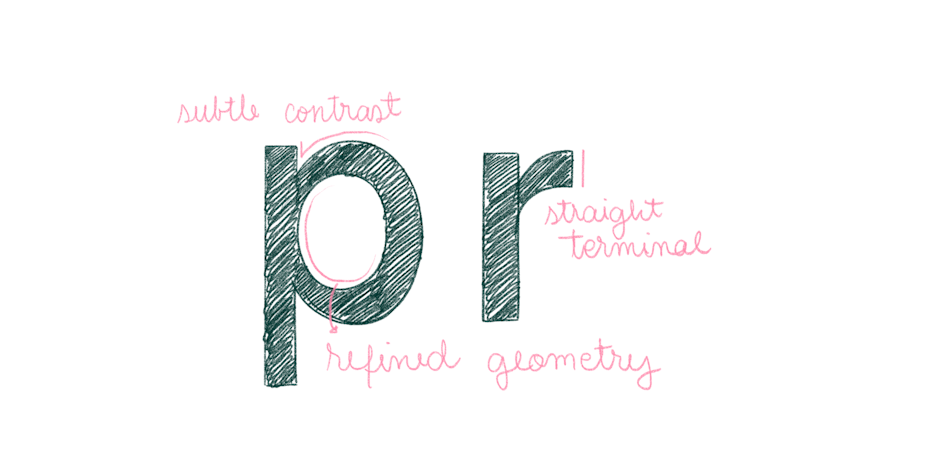
Geometric sans serifs
Geometric letterforms are exactly what their title suggests: geometric. They’re constructed on good shapes, so the letter “O” turns into a really perfect circle, whereas the letter “A” has a sharp, upward pointed vertex.
Originating in Germany throughout the Nineteen Twenties, they’re characterised by a up to date and polished look. Due to their absolute clean geometry, they’ve been good to be engraved in metal or plastic.
Futura
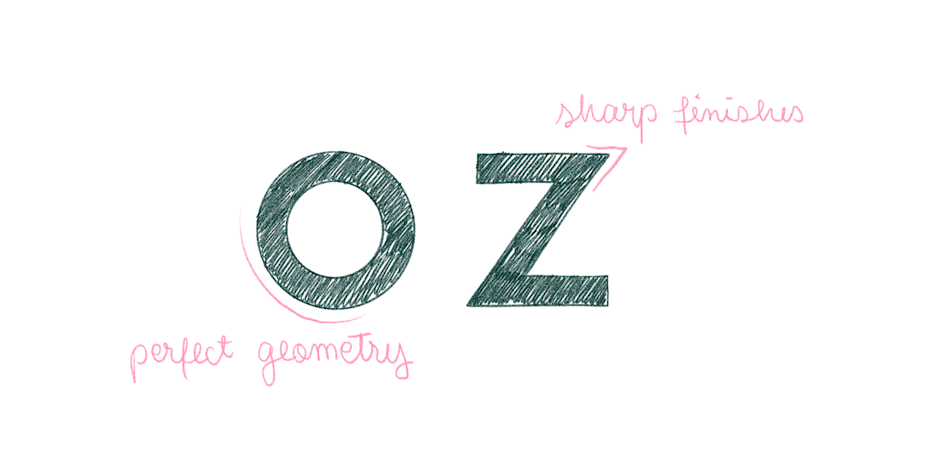
Humanist sans serifs
The humanist vogue attracts inspiration from typical sorts, equal to inscriptional or outdated vogue lettering, and even calligraphy, and the first such face known as Johnston appeared in 1916.
They’re characterised by evident stroke width variation. The sorts are pure, whereas the bowls and counters are good and open. Some typefaces on this type can get additional geometric than others, nonetheless the one recurring element in all of them is the presence of the human contact, found throughout the pure circulation of the sorts and stems.
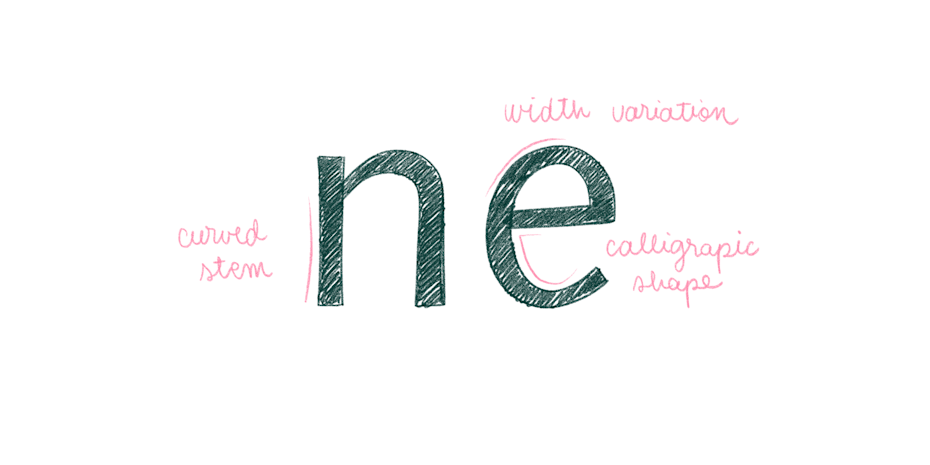
Play with it!
As events change, designers and letterers want to push the boundaries of shaping letters. There are tons of letterforms and sorts that may’t be assigned to no less than one specific class, nonetheless that doesn’t make them a lot much less priceless.
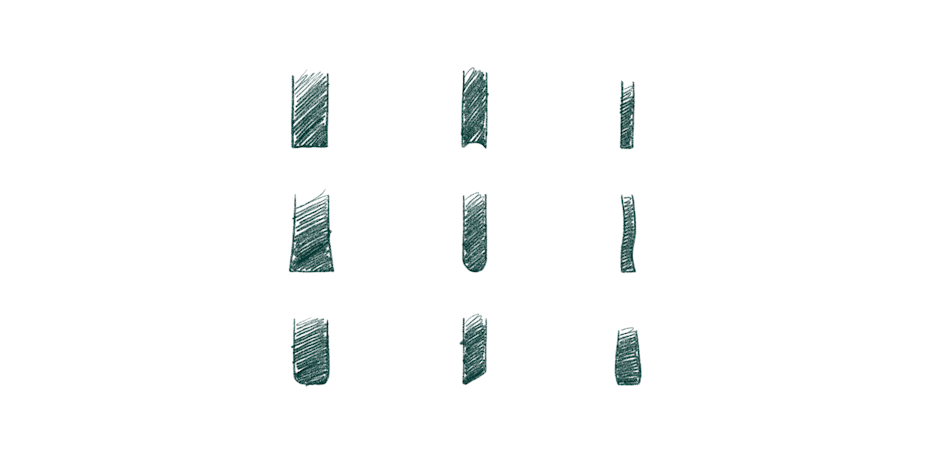
Script
—
Lastly, we have arrived to the ultimate of the first lettering courses. Script lettering or calligraphy depends solely on cursive handwriting, and refers to letterforms which will be joined collectively by a gentle line. For the intention of this piece, we is perhaps specializing in Latin languages and script households.
Handwriting is basically essentially the most pure kind of writing: the shapes are based mostly totally on the pure actions of the hand and each vogue is influenced by the hand writing them. Nonetheless, even when calligraphy actually is the closest relative to handwriting (which is principally ingenious penmanship), lettering pretty typically imitates its traits.
Principally, the style and traits of this are influenced by the devices used–the style of pens or brushes. Some pen nibs may be flat, rounded or pointed, whereas some brushes may be clean or rugged. The following examples current a broad reflection of primarily essentially the most current script fonts in use in the meanwhile.
Formal script
Formal script is simply script that is formal, which implies it was the same old writing vogue for enterprise correspondence starting from the seventeenth century until throughout the look of the typewriter.
Although we cannot define this vogue as having strict tips on account of it’s merely an umbrella for lots of many subgenres and fonts, letterforms of this era have been associated to class and custom.
Some used swashes, prospers and adorned drop caps, whereas others have been additional simplified. The terminology proper right here is prone to be a bit sophisticated, so let’s clarify:
- A swash is a small flourish or an exaggerated serif even that is associated to the letter.
- A flourish is principally moreover swash, nonetheless larger.
Must you would exaggerate a swash and make it look crazy swirly and sophisticated, it couldn’t be known as a swash nonetheless a flourish. At this stage the flourish shouldn’t be primarily associated to the letter, nonetheless is able to stand alone and be used as a decoration.
Roundhand script
Roundhand is a sort of Formal Script originating from throughout the 1660s. It has swish joints, low width distinction, delicate hairlines and, as a result of the title suggests, rounded and simple shapes.
Inside the seventeenth century many writing masters of Rome has to maneuver to Southern France due to the sack of Rome. Proper right here, they began refining the Renaissance writing methods and creating the italic cursiva script into the italic circumflessa. Within the meantime, French officers have had enough of receiving tons of letters written with quite a few sorts and completely completely different ranges of penmanship skills, they normally normally complained about not with the flexibility to study them. So, they took suggestion from writing masters of the time and decided to restrict all letters to three writing sorts: the Coulée, the Rhonde, and the Velocity Hand.
The appears of the English Roundhand was strongly impressed by the French Rhonde, and in 1860 English masters popularized their very personal mannequin of it–a mode later acknowledged and generally known as English Roundhand.
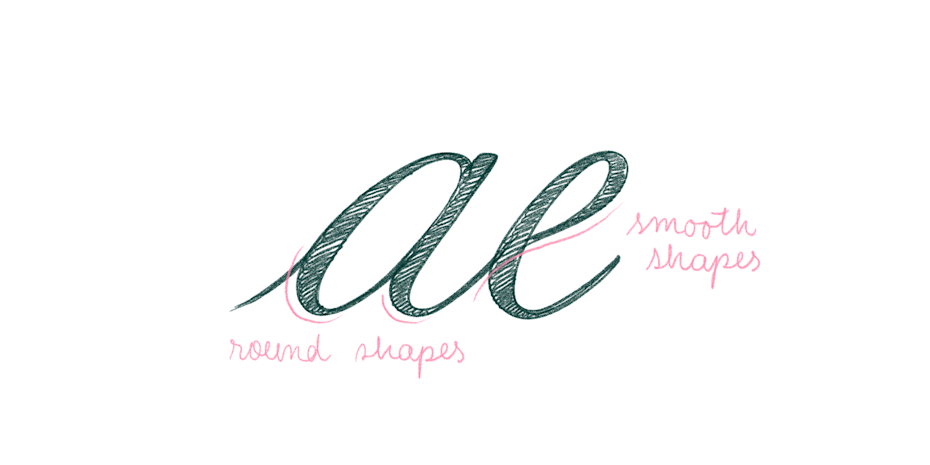
Spencerian Script
Spencerian Script was created throughout the 1840s throughout the US as a result of will of setting up writing a unified experience—very similar to spelling and pronunciation. It was a penmanship vogue based mostly totally on oval shapes, its minuscules have been considerably smaller than the capitals and the joints have been huge, making the letters spaced considerably far-off from each other. The thin-and-thick variation have been normally absent, aside from the wedge-shaped shades on the ascenders and descenders.
Shortly after the emergence of Spencerian script, it was taught in colleges as a typical writing approach to teach school college students to realize rhythm and muscle memory in writing. Inside the Eighteen Eighties, a additional simplified mannequin of the Spencerian Script was developed known as the Palmer Approach of writing. This turned the model new customary for penmanship and as you’ll see throughout the image underneath, creates an understated, flowing lettering vogue.
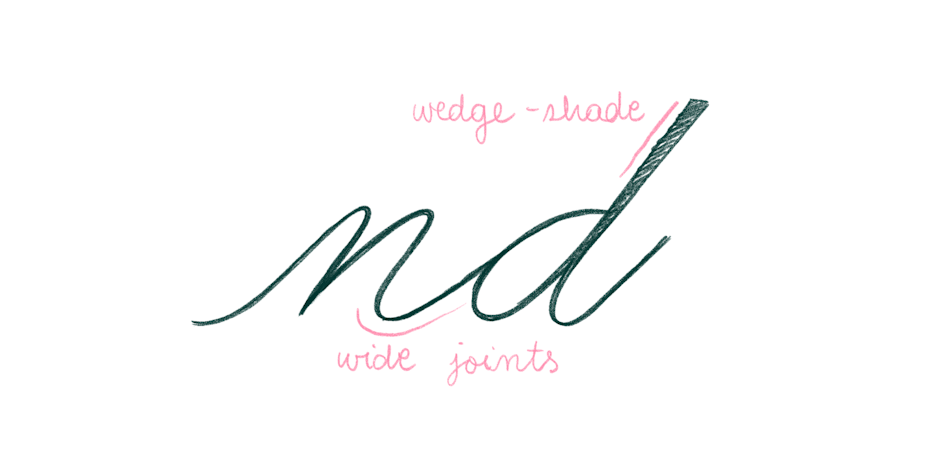
Copperplate script
The Copperplate script is a mode normally associated to the English Roundhand, and it originates from Europe throughout the early seventeenth century. As of us started to check penmanship and the paintings of attractive handwriting—and as metal engravings turned additional accessible—scribes and engravers started to work collectively on fantastically crafted plates.
You would possibly want figured it out by now: the popular metal used on the time was copper, of us started to have a selected vogue for writing on them and so the title of the style merely merged into Copperplate.
When you consider its formation, copperplate has generally shaded letters, dramatic thin-and-thick distinction and sharpened edges and vertices, giving the letters a additional formal look.
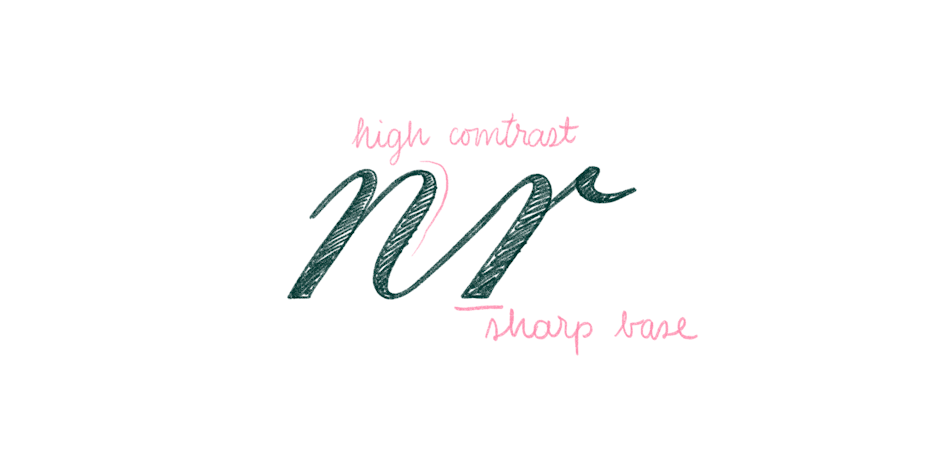
Blackletter
The beginning of the blackletter vogue could possibly be traced all the easiest way once more to Western Europe of the twelfth century, when the use and demand for books started to increase. This meant that they needed to be produced shortly, and needed a script that was considerably quick to write down down.
Sooner than the emergence of blackletter, medieval Europe was using Carolingian minuscule—a calligraphic customary of the time—for writing manuscripts and books. This vogue, although extraordinarily legible, was means too huge and it took up means an extreme quantity of home on the paper, which was not good when it bought right here to having a complete lot of textual content material on a restricted number of pages.
And so the blackletter, gothic script or gothic minuscula was born, characterised by slim and tall letters, angular traces and sharp terminals. Having enjoyable with a surge of recognition in current standard tradition, some subcategories on this type embrace Textualis, Schwabacher, Fraktur or Cursiva.
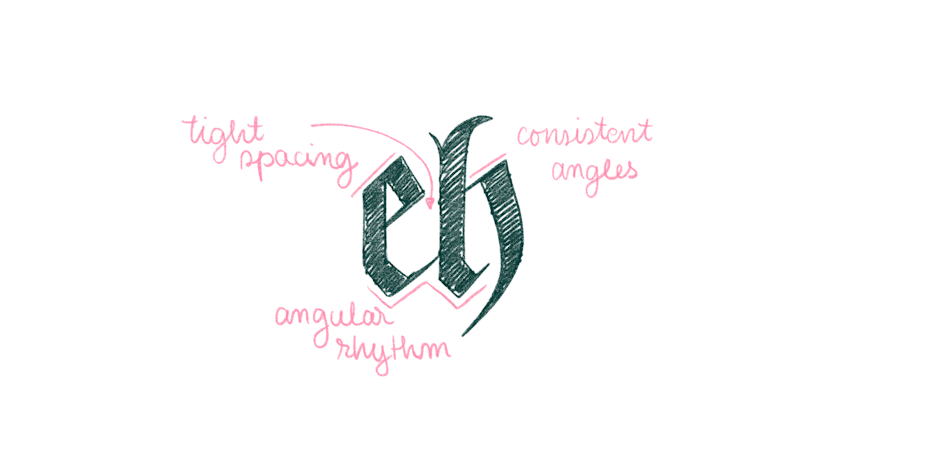
Brush lettering
Brush lettering refers to lettering achieved with a brush (duh!). It is identical to calligraphy, nonetheless in its place of using nibs and ink, it is created using a brush and paint. The vital factor element proper right here is the versatile tip, which could possibly be very attentive to pressure and hand movement. This supplies additional flexibility and room to find new letterforms.
The popular kind of brush lettering is perhaps sign-painting; which implies letters are painted immediately onto buildings or indicators by hand, with a brush, for selling features. This apply fell significantly out of use as laptop programs and digital printing methods have been developed, nonetheless, it not at all disappeared totally and is now considered a bespoke artform.
Returning to brush lettering; it’s virtually not doable to interrupt down the type into courses solely on account of there are so many variations and sorts. Let’s merely say that a few of primarily essentially the most usually used sorts could possibly be categorized into block lettering, casual lettering and script lettering.
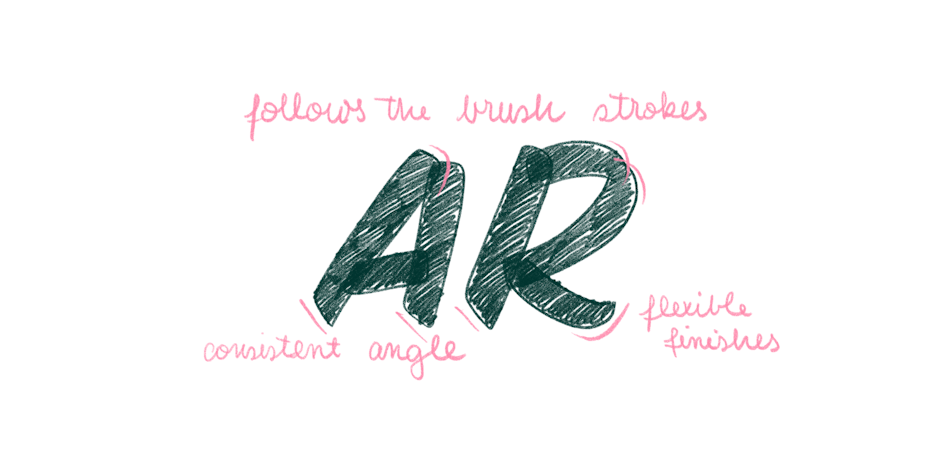
Completely different variables of lettering that have an effect on vogue
—
The sorts above solely scratch the ground of the complexity of the sort and lettering world. The quantity of information and historic previous involved is so enormous that one single article is simply unable to cowl each factor.
Nonetheless, it serves as a wonderful base when you want to get into finding out regarding the topic and hopefully it opens up your urge for meals for diving deeper into this wonderful topic.
There are rather more parts in relation to lettering than merely merely using some strict tips and following historic traits. It’s possible you’ll customise every talked about vogue by making use of tweaks to the letterforms, leading to innovation and new letterforms. Let’s take a look at a few of those variables.
Weight
In typography weight refers again to the amount {{that a}} letter takes up on an internet web page. A letter can go from extra skinny to extraordinarily black, defending each factor in between. Keep in mind, you’ll play with weight in every kind! How skinny or how thick the letter will get is totally as a lot as you.
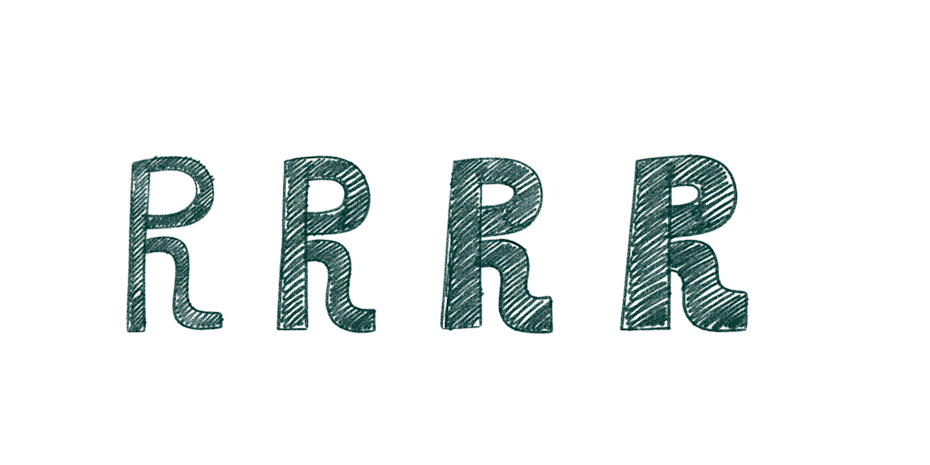
Distinction
Must you play with the thin-thick variations in a letter, you are having fun with with distinction. It’s possible you’ll go from a refined humanist vogue to the very boldest of Fat Face, or from a simple monoline script to a dramatic spencerian.
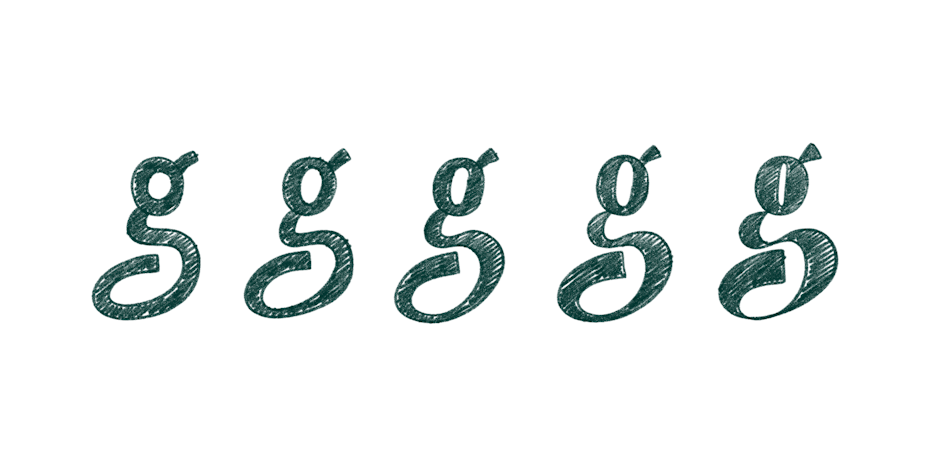
Width
Irrespective of width or distinction, a letter could possibly be extraordinarily condensed or super-wide. Condensed letters can have a tidy look, whereas huge ones generally tend to seem additional assured and safe.
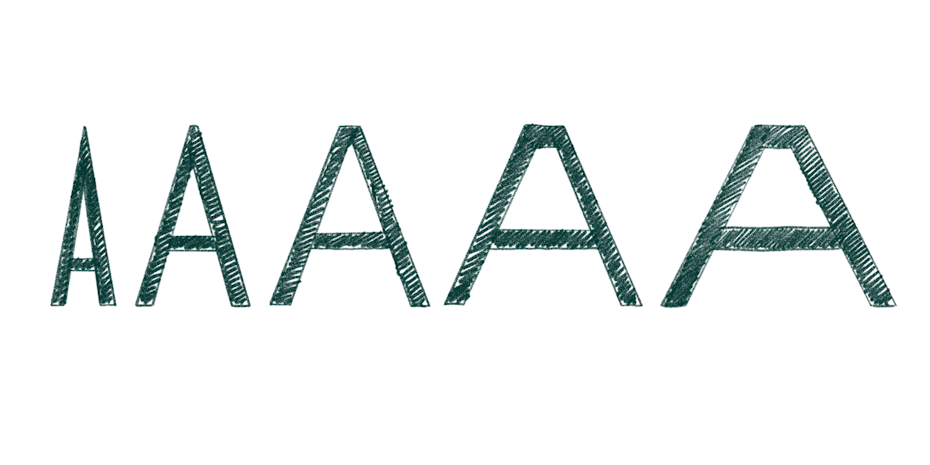
Slant
It’s possible you’ll slant almost every letterform and class to any diploma. Nonetheless proper right here is the place points get fascinating: there are true italics after which obliques. Every may appear associated, in the end, they every are slanted, correct? Correctly, type of. Obliques are letters which have merely been skewed, nonetheless the bottom of the letter hasn’t been modified. True italics, nonetheless, won’t be skewed letters nonetheless drawn from scratch on an angle.
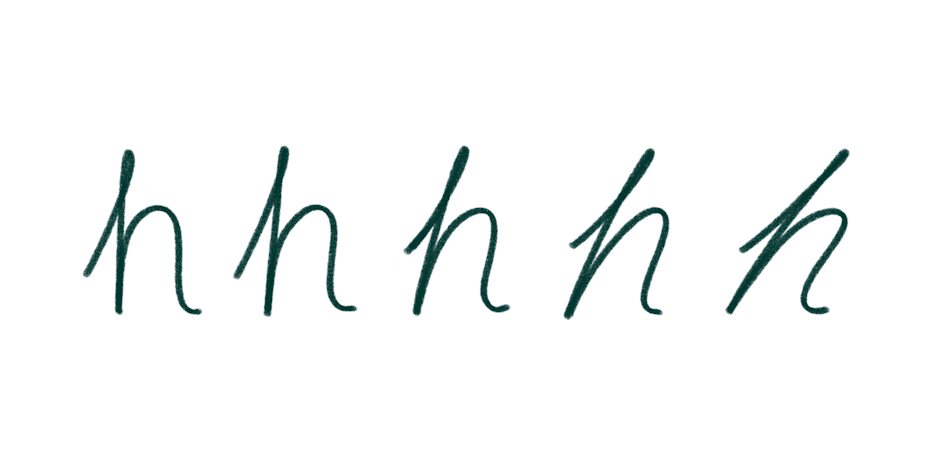
Relation between elements
It’s possible you’ll change a letter’s vibe solely by altering the relation between the climate. As an example, by shifting the crossbar (the middle horizontal line) in an E up or down, you’ll change its seems to be like to fit in a mid-century, a Bauhaus or an Paintings Nouveau-themed poster.
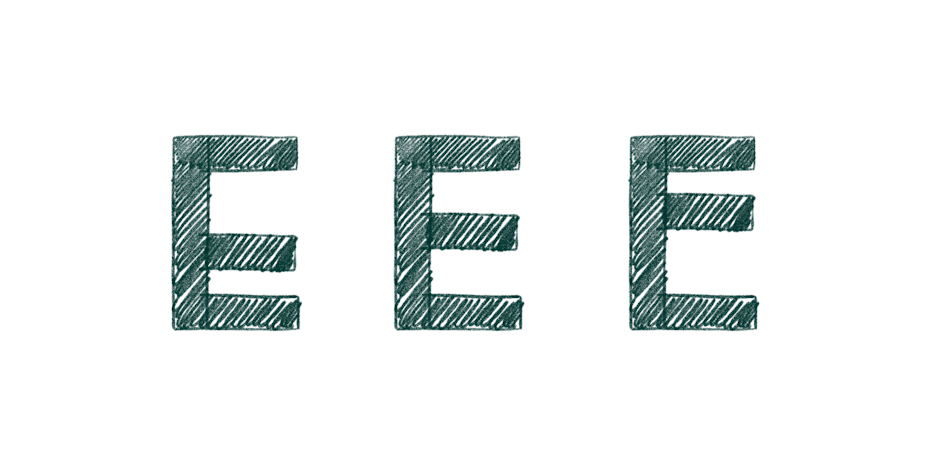
Stage of decoration
Swashes, prospers, terminals—these are all elements which may be added or personalised in a lettering piece. They create a romantic, intimate mood and divulges off the writer’s—or mannequin—persona.
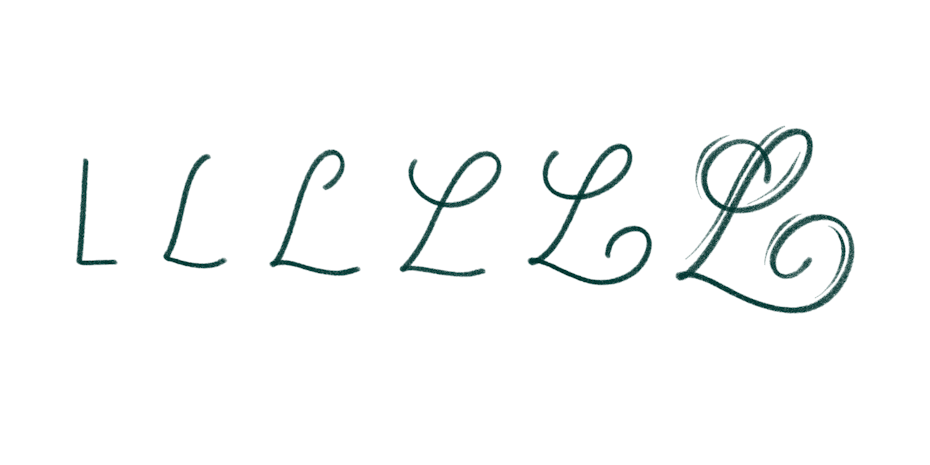
Velocity of writing
Did you ever uncover how pretty your handwritten notes appear as if when you take your time and loosen up your wrist, versus the notes you need to take great shortly in a dictation, as an illustration? Moreover sooner doesn’t should suggest worse! By altering the tempo and relaxation diploma in your hand, your lettering can particular completely completely different feelings: from calmness to aggressive rage, and each factor in between.
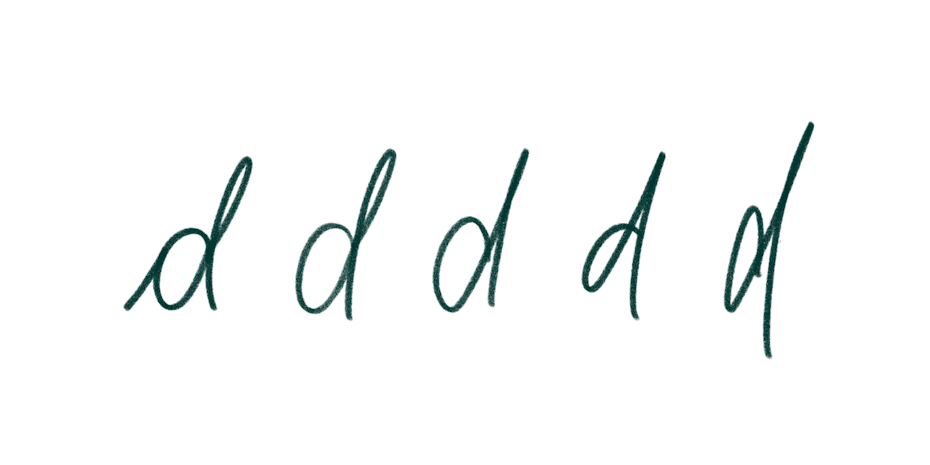
Used devices
In calligraphy, most likely essentially the most important elements is the software program used. Sure, in lettering you don’t actually use these devices because you draw the letters, nonetheless realizing how completely completely different pens and brushes react is crucial when you want to exactly recreate the look.
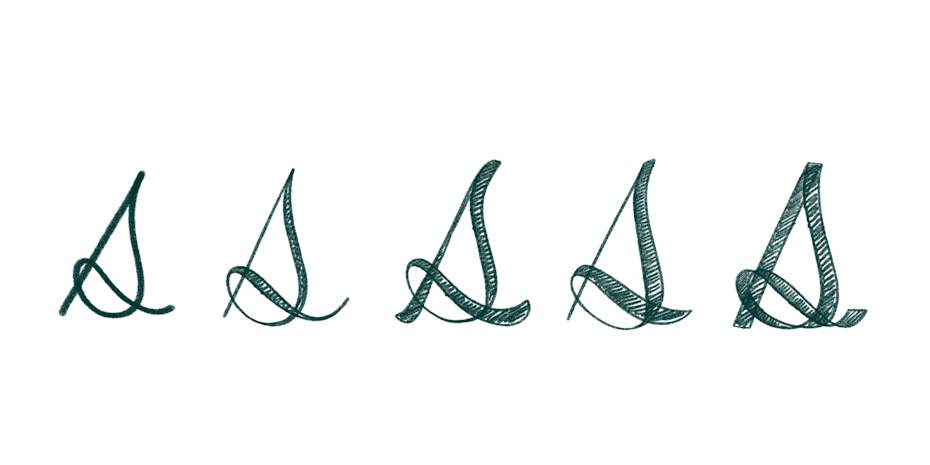
Don’t underestimate letters
—
It is really fascinating how the letters and sorts have superior, and the way in which modifications in of us’s lives, utilized sciences and ideologies shaped this evolution, don’t you assume? By finding out all these particulars and the way in which letters are normal, we get nearer to understanding how society interprets language and letterforms.
The lettering sorts we choose to embody our mannequin are massively extremely efficient throughout the messages they supply out. They define who the mannequin is and who they be part of closest to—with that in ideas, I hope this textual content proves helpful in guiding you a step nearer to creating or discovering your dream font.





